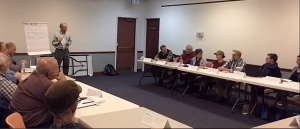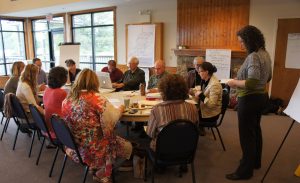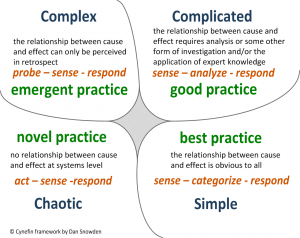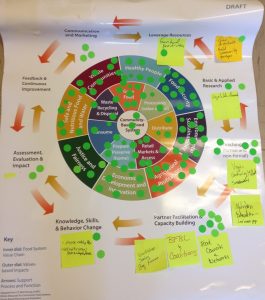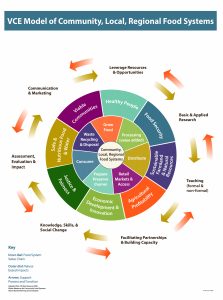By Ned Savage, AmeriCorps VISTA, Local Environmental Agriculture Project (LEAP)
Those of us participating in the Local Environmental Agriculture Project (LEAP), in Roanoke, find the concept of a “food shed” to be helpful when considering our regional food system. A food shed is defined as how food moves between producer and consumer. In the Roanoke region, we have defined our food shed as the cities of Roanoke and Salem and the contiguous counties of Roanoke, Bedford, Botetourt, Craig, Montgomery, Floyd, and Franklin.
Within our regional food system, a number of counties and communities have done food system assessments/studies and food system plans. Many of these studies are helpful in understanding local- and county-level issues, but if we only think in hyper local terms, then we end up with a piecemeal approach to food system planning. Food does not stop at county or city lines and the infrastructure and connections that sustain strong food systems have to cross political lines. In the fall of 2016, LEAP compiled the existing data, research and plans from throughout the region into one consolidated report that identifies common trends, key barriers, and potential opportunities.
The Roanoke Local Regional Food and Agriculture report, while helpful in considering the state of our regional food system, was notable for its lack of one key voice – the farmer’s. While LEAP has long been engaged in providing additional market outlets for local farmers, we wanted to hear directly from producers what barriers, struggles, and challenges they face to running viable farm businesses, and what else our organization could do to support them and their work. And so, in close collaboration with Virginia Cooperative Extension (VCE), we researched other models and designed and held a series of Farmer Listening Sessions. Read more.

